Description
Morpankhi Variegated Plant: A Detailed Description
Introduction
The Morpankhi Variegated Plant, known botanically as Thuja orientalis ‘Variegata’ or Platycladus orientalis, is a captivating evergreen shrub or small tree that draws attention for its lush, feather-like foliage and distinct variegated leaf patterns. “Morpankhi” is a Hindi word that translates to “like a peacock’s feather,” aptly describing the plant’s ornamental appeal. This plant is a popular choice in landscaping due to its vibrant foliage, symmetrical growth, and low maintenance requirements.
Botanical Classification
- Common Name: Morpankhi Variegated Plant
- Scientific Name: Platycladus orientalis ‘Variegata’ (previously Thuja orientalis)
- Family: Cupressaceae (Cypress family)
- Type: Evergreen conifer
- Origin: Native to northeastern Asia, including China and Korea, but widely cultivated in India and other parts of the world
Physical Characteristics
The Morpankhi Variegated Plant is best known for its unique foliage:
1. Foliage
The standout feature of this plant is its dense, scale-like leaves arranged in flat sprays, often in a fan-like pattern. The variegated version showcases a delightful mix of green and yellowish-cream markings, creating a vivid contrast. These colors may become more pronounced under full sun, adding brightness to gardens and landscapes.
2. Size and Shape
- Height: Typically grows up to 6 to 15 feet (1.8 to 4.5 meters) tall under ideal conditions.
- Spread: Around 3 to 6 feet (1 to 2 meters) wide.
- The plant naturally grows in a conical or pyramidal shape, giving it a neat and structured appearance without much pruning.
3. Bark and Branches
- The bark is reddish-brown, becoming fibrous with age.
- The branches are compact and symmetrical, contributing to the plant’s formal look.
4. Flowers and Cones
Although not particularly known for its flowers, Morpankhi does produce small, inconspicuous yellowish-green flowers in spring. It may also develop oval-shaped cones, which are about 1–2 cm in length and turn brown when mature.
Variegation Characteristics
“Variegation” refers to the white, cream, or yellow patterns seen on the leaves. In the Morpankhi Variegated variety, the leaf tips or edges may appear cream-colored or yellow, giving the plant a two-toned look. This variegation is stable and retained throughout the year, though the intensity may vary slightly with the seasons and light conditions.
Growing Conditions and Care
One of the biggest appeals of the Morpankhi Variegated Plant is its low-maintenance nature and adaptability to a range of environments.
1. Light Requirements
- Prefers full sun for best color and compact growth.
- Can tolerate partial shade, though variegation may become less vibrant.
2. Soil Requirements
- Thrives in well-drained, loamy soil.
- Tolerates a wide pH range, though slightly acidic to neutral soil is ideal.
3. Watering
- Moderate water needs.
- Young plants require more frequent watering, while mature plants are relatively drought-tolerant.
- Avoid overwatering, as waterlogged soil can cause root rot.
4. Fertilization
- A balanced, slow-release fertilizer in the spring can promote healthy growth.
- Organic compost or mulch can also enrich the soil and retain moisture.
5. Pruning and Maintenance
- Minimal pruning is required to maintain its natural shape.
- Prune to remove any dead or damaged branches or to shape the plant for formal hedges or topiary.
Pests and Diseases
Morpankhi is relatively resistant to most pests and diseases, but occasional issues include:
- Aphids or spider mites in dry conditions.
- Fungal infections if overwatered or planted in poorly draining soil.
Preventive care and proper spacing help reduce the risk of infestation and disease.
Uses and Applications
The Morpankhi Variegated Plant is widely used for both ornamental and practical purposes.
1. Landscaping and Ornamental Use
- Accent plant in gardens due to its striking foliage.
- Commonly used for hedges, borders, and screens.
- Often grown in containers, especially in patios or entranceways.
- Popular in formal gardens for symmetrical planting and topiary.
2. Environmental Benefits
- Acts as a natural air purifier, absorbing pollutants and improving air quality.
- Provides habitat for birds and insects.
- Can reduce noise pollution when used as a dense hedge.
Cultural and Spiritual Significance
In Indian culture, the Morpankhi plant is believed to bring positive energy and protection. Often planted near temples or home entrances, it is associated with auspiciousness and prosperity.
- Some traditions consider it sacred and use it in rituals.
- It is also believed to ward off negative energies, making it popular in Vastu Shastra (Indian architectural principles).
Propagation
Morpankhi can be propagated through:
1. Cuttings
- Take semi-hardwood cuttings from a healthy plant in late spring or early summer.
- Use rooting hormone and plant in a well-draining medium.
- Keep moist and in indirect light until roots develop.
2. Seeds
- Though possible, seed propagation is slower and less commonly used.
- Seeds need stratification (cold treatment) before germination.
Varieties and Similar Plants
There are several varieties of Platycladus orientalis, but the variegated form is one of the most visually appealing. Other similar conifers include:
- Thuja occidentalis (American Arborvitae)
- Cupressus sempervirens (Italian Cypress)
- Juniperus species
However, the variegated Morpankhi remains unique for its dual-toned foliage and ornamental charm.
Challenges and Tips
- Ensure good air circulation around the plant to prevent fungal growth.
- Avoid heavy shade, which can dull the variegated effect.
- Mulching helps conserve moisture and regulate soil temperature.
Conclusion
The Morpankhi Variegated Plant is a stunning, hardy, and low-maintenance addition to any garden. With its unique foliage, symmetrical growth habit, and cultural significance, it serves both aesthetic and functional purposes. Whether used in a formal landscape, as a natural screen, or simply in a decorative pot, this evergreen beauty is sure to enhance its surroundings. Its symbolism in Indian tradition only adds to its charm, making it not just a plant, but a piece of living art and culture.

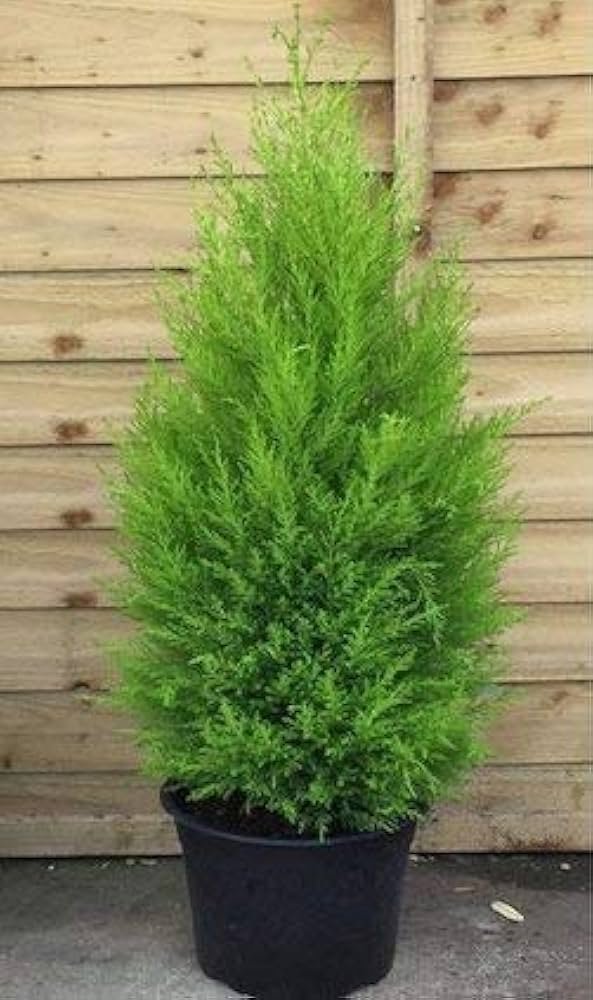
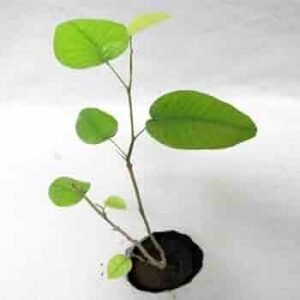
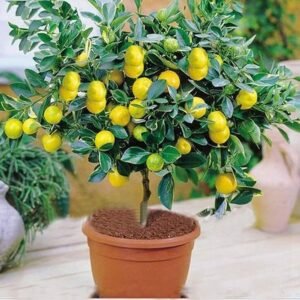
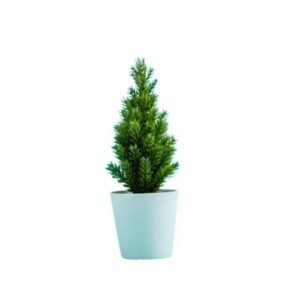
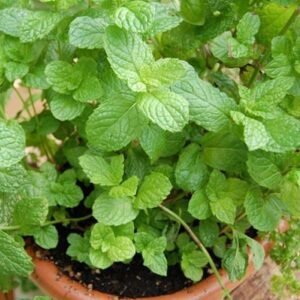 Common Mint Plant, Pudina - Plant
Common Mint Plant, Pudina - Plant 

Reviews
There are no reviews yet.